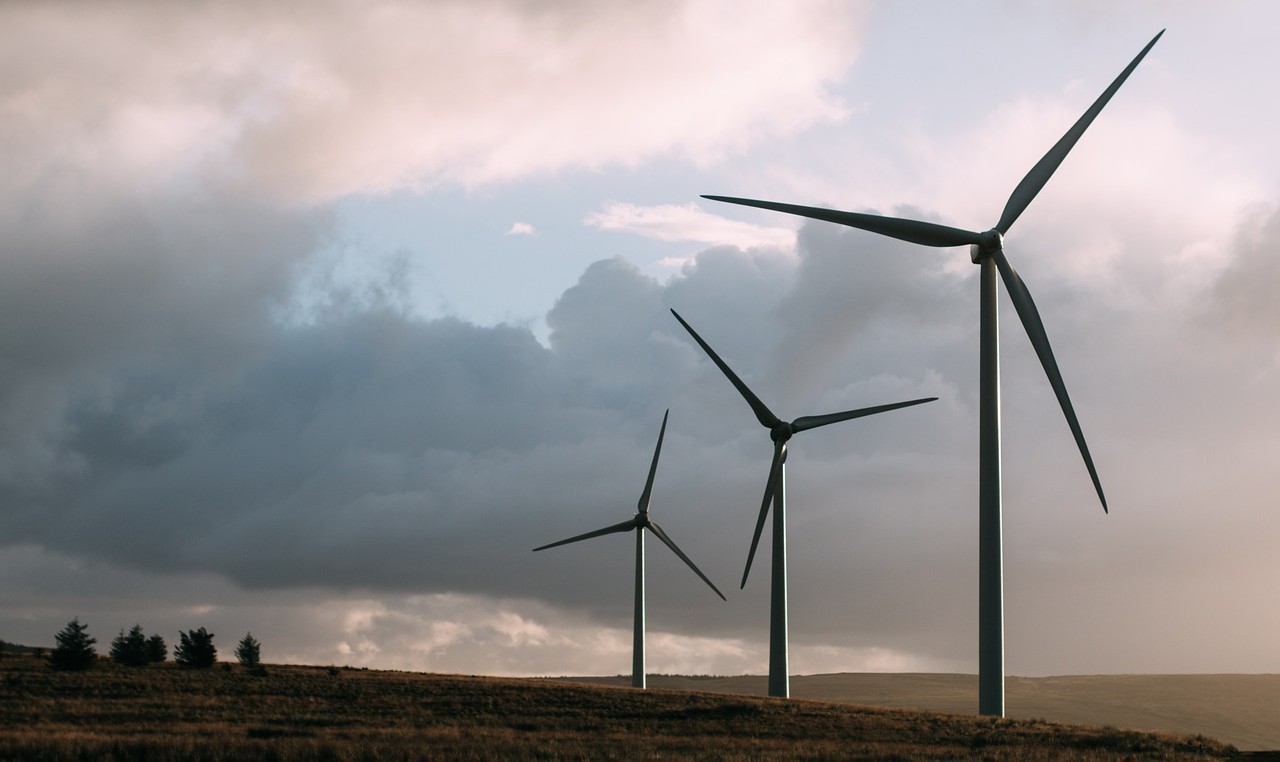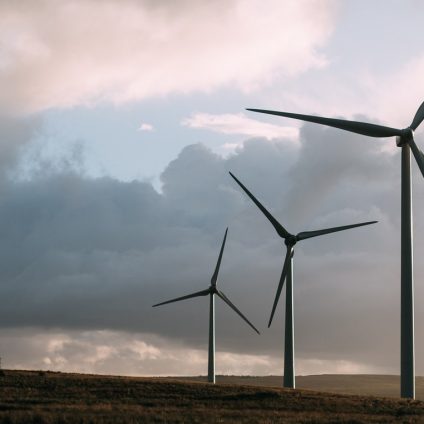The UK government aims to reach 29 GW of onshore wind capacity by 2030, overcoming delays and revitalizing the country’s renewable energy industry.

UK strategy accelerates onshore wind rollout with jobs and energy boost
The UK has officially launched a new national strategy for onshore wind, marking a turning point in the country’s energy policy. After nearly a decade of stagnation, the Department for Energy Security and Net Zero is pushing to revive land-based wind power. The plan targets an installed capacity of 27 to 29 GW by the end of the decade, up from today’s 16 GW. This means adding at least 10 GW beyond historical growth rates.
Onshore wind is now one of the cheapest and fastest energy sources to deploy. As Energy Minister Michael Shanks stated, “it’s a win-win option, cost-effective, quick to build, and a generator of thousands of skilled jobs.” The strategy includes more than 40 operational measures to streamline permitting, improve grid access, promote local acceptance, and attract investment. It’s a concrete response to the energy crisis, rising bills, and the need to strengthen the country’s energy sovereignty.
Onshore wind in UK: government’s action plan
The new action plan systematically addresses the key barriers facing onshore wind development in the UK. First, it targets the lengthy and high-dropout planning and permitting process, currently, around 70% of early-stage projects never reach activation. To improve this, the government will update technical guidelines, simplify procedures for small-scale projects, and introduce digital tools to help identify suitable sites.
Grid connection reforms are also a priority. With support from the National Energy System Operator, the government aims to reduce wait times that can exceed 10 years in some regions. Consultations will begin on grid access fees and cost structures for remote projects, with a special focus on Scotland, which holds nearly 90% of the current pipeline.
Another pillar is community engagement. The strategy promotes benefit-sharing through revised local fund protocols, energy bill discounts, and direct participation projects. The goal is to turn host communities into active beneficiaries of wind development.
Jobs, industry, and benefits for local communities
Onshore wind in the UK is also intended to serve as a driver of industrial growth. The sector currently supports around 18,000 direct and indirect jobs. With the new strategy, the government projects up to 45,000 jobs by 2030. Greater predictability in the project pipeline will benefit domestic supply chains in components, construction, maintenance, and engineering services.
Communities are also expected to see direct gains. The strategy introduces an updated benefits protocol in England, giving communities the power to decide how project-funded resources are used, whether in local infrastructure, sports facilities, libraries, or energy bill reductions. Existing projects like the Tallentire Wind Farm in Cumbria illustrate the potential for local returns and increased public support.
The Tallentire Wind Farm, with a 12 MW capacity, delivers direct benefits to the hosting community. Each year, it contributes £24,000 to local funds and offers bill discounts of up to £145 to households within 2 kilometers of the turbines.
In parallel, a new Onshore Wind Council will be established to monitor progress and address emerging challenges. The government will adopt a data-driven approach to track results and assess the impact of the measures.
An integrated strategy to reach 2030 goals
The success of the UK’s onshore wind strategy is critical to achieving the Clean Power 2030 mission, which targets at least 95% clean electricity generation by 2030. To meet this target, the necessary onshore wind capacity is set between 27 and 29 GW, highlighting a significant gap from today’s levels. The strategy acknowledges this challenge and outlines realistic pathways to close it, with major contributions expected from Scotland, Wales, and increasingly from England.
One of the most anticipated innovations is the role of the new public company, Great British Energy, which will be able to directly develop medium and large-scale wind projects, attract private capital, and support underutilized regions.
Lastly, the government will focus on workforce development and monitoring to ensure the sector has the skills it needs to scale up sustainably.













